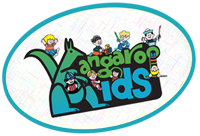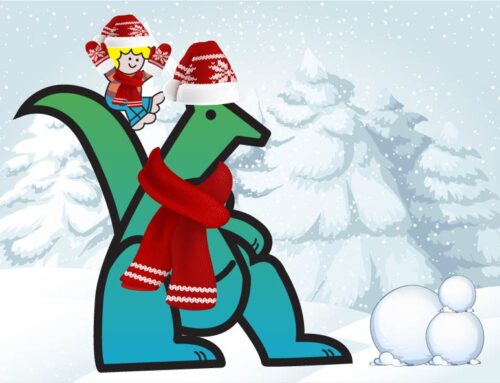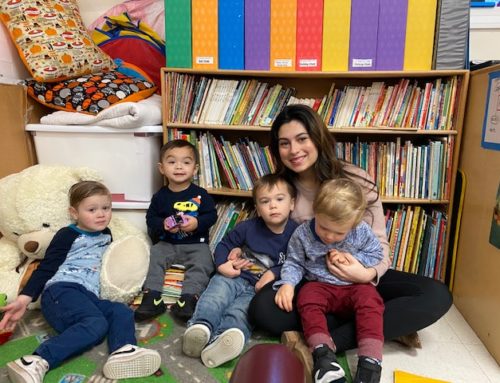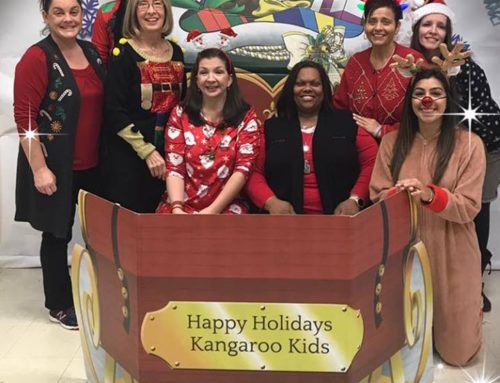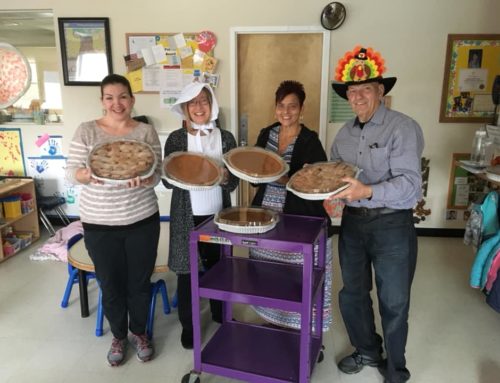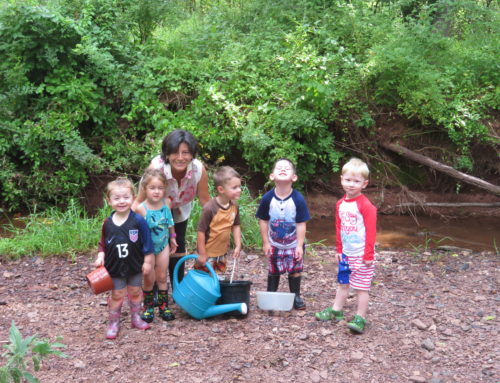Wondering how to teach your children about Independence Day? Here are a few great ideas by Gary Drevitch from Parents Magazine.
10 Ways to Teach Kids to Love America
Now is a great time to explain to your children what makes our country so special.
By Gary Drevitch from Parents Magazine. Also included is a link for fun projects you can make for July 4th.
1. Our Flag
The next time you’re with your child and you see an American flag, point it out. Explain that it stands for our whole country and that it’s one way we tell the world who we are as a people. It also shows we’re connected to each other as Americans — we’re on the same team. Because our flag is special, we treat it with respect.
At home, look at a flag together and point out that each part has a meaning. The 50 stars stand for our 50 states. The 13 stripes stand for the original 13 British colonies, whose citizens decided in 1776 that they wanted to govern themselves rather than be ruled by a king.
2. Our Pledge
If your child is in school, she may have recited the Pledge of Allegiance, but like many other kids her age, she might not understand exactly what she’s saying.
Explain that the pledge is simply a promise. We’re giving our word that we’ll be loyal (allegiance) to our country, which the flag stands for, because it’s a place where we can decide who our leaders will be (republic), where everyone sticks together (indivisible), and where our goal is for people to be free (liberty) and treated fairly by others (justice).
Ask your child to guess whether most countries have a pledge of allegiance of their own. (Most don’t.) We, as Americans, decided to create one to remind ourselves of our special freedoms. Written in 1892, the pledge was first recited during a celebration to mark the 400th anniversary of Christopher Columbus’s voyage to America.
3. Our National Anthem
If your child watches the Winter Olympics with you, he’s likely to hear at least one rendition of “The Star-Spangled Banner.” Explain that it’s our country’s song and that we sing it to show that we are proud to be American. To signal our respect, we usually stand while singing it.
Then share the story behind the anthem: A young poet and lawyer named Francis Scott Key wrote the words during the War of 1812. After British ships bombarded a fort in Baltimore during a fierce battle, Key saw our flag still flying, proudly waving. It meant that we still had our freedoms and that we had defended our young country. Ask your child what the image of a flag waving means to him.
4. Our Independence Day
You don’t have to wait until the July 4 festivities to explain what the fun is about. July 4 is our country’s birthday. It marks the day in 1776 that a group of determined patriots declared our independence — that no other country could rule us.
To do this was extremely dangerous. Back then, our ruler was the king of England, and he had one of the most powerful militaries in the world. To rebel against the king was to risk your life. Still, the king’s laws were harsh and unfair, so American patriots battled for the freedom to govern themselves. In 1783, the Americans won the fight, which we call the Revolutionary War.For older kids, explain that Americans gave their reasons for rebelling in the Declaration of Independence — one of our country’s most important documents. In it, Thomas Jefferson wrote that all people are entitled to “life, liberty, and the pursuit of happiness.”
5. Our Communities
Your child’s home and community are the most real and important parts of America to her. “Kids become patriotic gradually as they learn how they fit into their family and how their family fits into their larger community and then their country,” says Anne S. Robertson, a spokeswoman for the National Parent Information Network, a nonprofit organization associated with the U.S. Department of Education.
Take a walk together around your neighborhood, and talk about the values shared by the members of your community. Show your child some of the ways in which people work together and depend on each other. Truck drivers, shopkeepers, repair people — along with many others — help keep the community running. “Our nation is built on cooperation,” says Michael Berson, Ph.D., an associate professor of social-science education at the University of South Florida, in Tampa. Seeing the community in action reassures and enlightens young children, and it teaches that we’re all in this together.
·
6. Our Protectors
Young kids are also comforted by the knowledge that there are people whose job it is to protect and help us. Some, like police officers, crossing guards, and park rangers, work nearby. Others, like the men and women in our army and navy, may work farther away. Your child can feel confident that no matter where these people are, they’re ready to keep us safe. A tour of your local fire station can help him experience this in a real and exciting way.
For older kids, point out that our government is made up of people whose job it is to serve us. These include public-school teachers, postal workers, sanitation workers, our president, and the people we’ve picked to make rules for us, whom we call our senators and representatives.
7. Our Presidents
As Presidents’ Day approaches, ask your child to imagine that she has become President — the leader of our country. What would she do? Give all kids free ice cream? Make sure the world is a peaceful place? Talk about what some of our most important presidents have done; for instance, Abraham Lincoln, our sixteenth President, fought to end slavery in this country and to keep all of the states together, instead of letting them split into two countries.
Explain that being President isn’t the same as being a king, who rules for life. Every four years, we get to pick a new leader by voting. But in some other countries, people aren’t allowed to choose who governs them, and their rulers don’t leave office unless they’re forced out.
For older kids, note that in America, “we, the people” are in charge. This kind of government is called a democracy. To illustrate this, involve your child in making some family decisions. “When kids have a chance to practice democracy, they value it,” says Susan Adler, Ph.D., an associate professor of education at the University of Missouri, in Kansas City.
8. Our Rights
Our country is special because it guarantees us specific rights — these are our freedoms. To bring this idea to life, show how you use your rights every week when you pray (or not), read the paper, and say what you think. Ask your child which rights would be most important to him.
It may be the right to eat pizza for breakfast or to ride his scooter in the park. “This helps you see what your child values, and it opens up other conversations,” Dr. Berson says.
Ask older kids whether they think people in other countries have the same rights that we do. Explain that in some countries, people can’t practice their religion or even complain openly about their leaders. Our freedoms are defined in the U.S. Constitution and its amendments, especially the first ten, called the Bill of Rights.
9. Our Responsibilities
Talk to your child about how our country is like a family: Everyone needs to pitch in. As a member of our country — a citizen — we go to school, vote, obey the law, and pay taxes. When your child sees you pick up litter off the ground, point out that being a good citizen means more than just following the law.
It means doing what you can to help others and to keep your community clean and safe.You can also set an example through community service. Find something that is important to your child, such as helping out at his school or cleaning up a playground, and do it together as a family. “Even if you volunteer only two or three times a year, you’ll send your child a very positive message about how citizens pitch in,” Robertson says.
10. Our People
In most countries, like China or Ireland, citizens share a common culture or ethnicity. But in America, we share a common idea — that people should have certain freedoms. This promise of freedom has inspired people from all over the world to come here and become Americans. This is a profound and original notion that your child can be especially proud of.
Ask what she knows about your own family’s journey to this country. Why did her ancestors come here? Why did they stay? Help your child understand that here, though we come from many different places, we have something in common — we are all Americans. As Dr. Adler says, “By helping your children connect with people of diverse backgrounds, you’re laying the groundwork for them to understand important concepts like justice.”
For more information: http://www.parents.com/holiday/july-4th/traditions/10-ways-to-teach-kids-to-love-america/
Craft Ideas at http://ow.ly/Nw8ls
[/fusion_builder_column][/fusion_builder_row][/fusion_builder_container]
